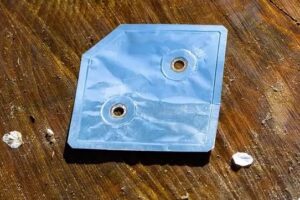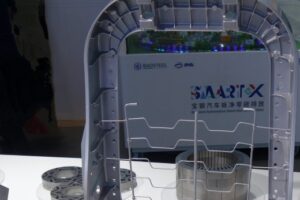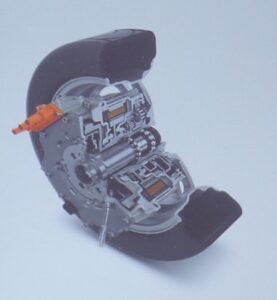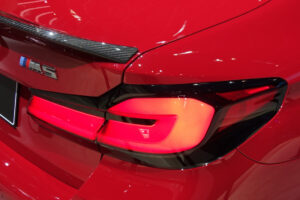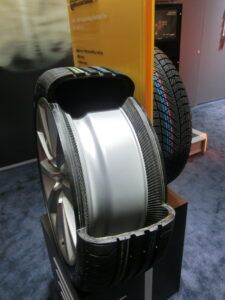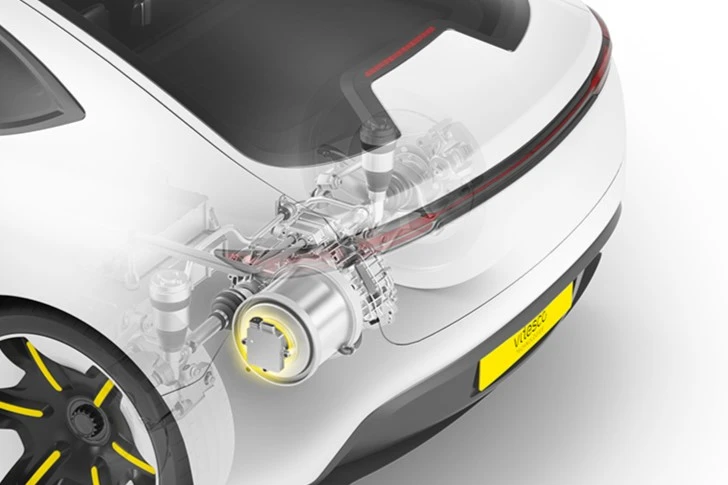
The module for electric vehicles combines three key functions in one unit. It includes a park lock function, precise rotor position sensing and optionally also the brush system for externally excited synchronous machines (EESM). This reduces complexity, packaging space on the e-axle and costs for customers.
To secure the parking position, the majority of electric vehicles use a mechanical park lock in the reducer gearbox in addition to the park brakes at the wheels. This takes up considerable space in the vehicle. The innovative rotor lock approach relocates this park lock functionality from the gearbox to the rotor shaft of the e-machine, creating a more streamlined and cost-effective system design.

The end-of-shaft position on the rotor enables a smaller actuator, which can be easily integrated into the vehicle’s drive. This high degree of mechatronic integration minimizes the space required in the vehicle, leading to a more compact packaging. Furthermore, this new position facilitates the integration of further functions in the module, such as the brush system for EESM as well as the inductive Rotor Position Sensor, which eliminates the need for separate control units, sensors and harnesses, thus saving additional costs for component integration and electrical connections.
Thanks to implemented sensing redundancy, robust cyber security measures and advanced internal diagnostics, the functional reliability and safety of the module, which is driven by a 12 V DC motor, are guaranteed. The Rotor Lock Actuator can be easily integrated into the drivetrain and communication networks, ensuring effortless installation. Thanks to the inductive Rotor Position Sensor functionality, the vehicle owner benefits from an increased range due to the optimal control of the motor commutation. The module also enhances parking safety by reducing vehicle movements when the rotor lock is engaged. The smart interface design between locking element and rotor prevents accidental engagement of the lock while driving. The lock is activated and deactivated in less than 250 milliseconds.


